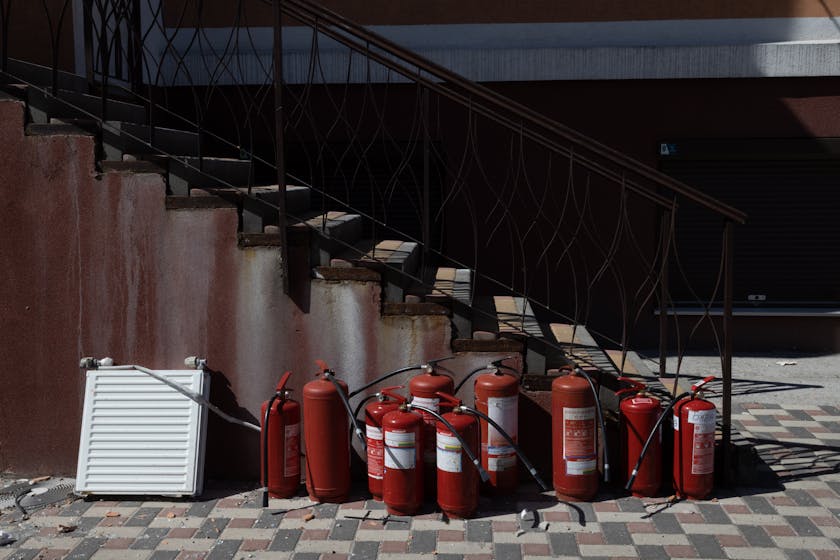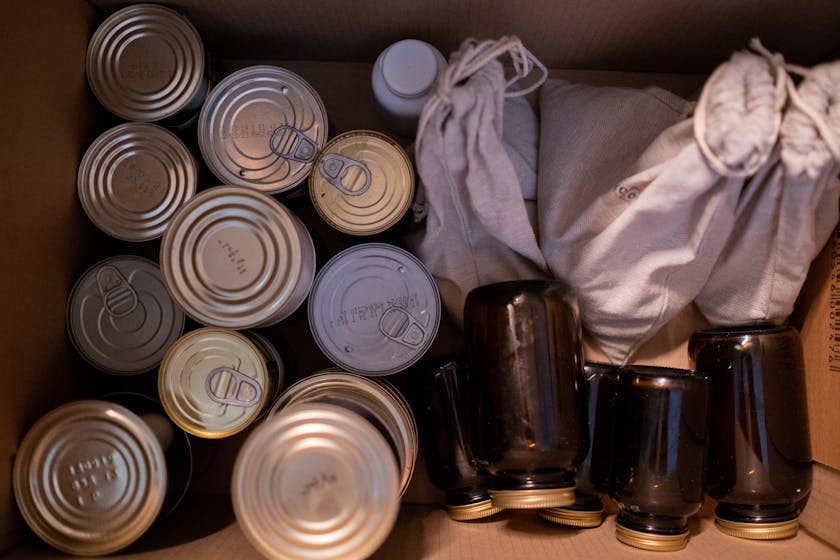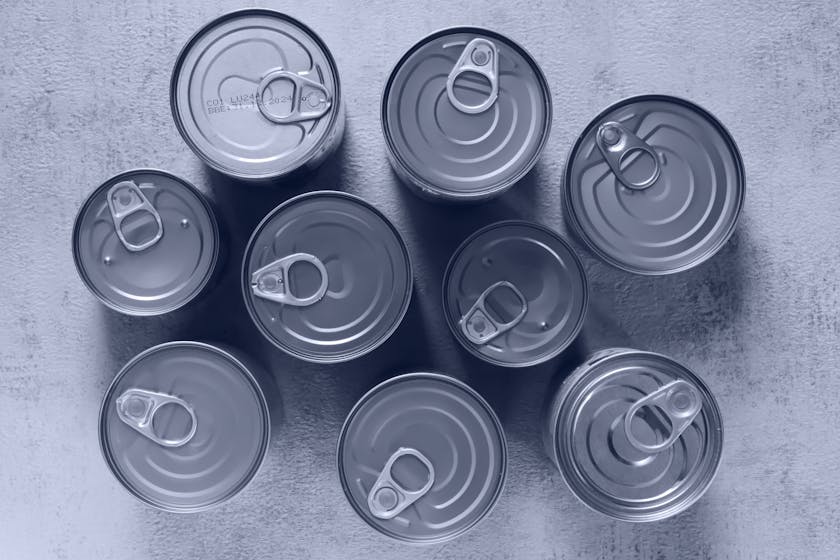When considering emergency preparedness, bulk meal storage is a vital component that ensures you and your family’s sustenance in times of unforeseen circumstances. Not only does it provide peace of mind, but it also helps to maintain a semblance of normalcy during emergencies. In this comprehensive guide, we’ll walk you through the steps to maximize your bulk meal storage effectively.
Understanding the Basics of Bulk Meal Storage
Before diving into purchasing and packing, it’s essential to understand what bulk meal storage entails. Bulk storage involves collecting and preserving a substantial quantity of non-perishable food items that can last for an extended period. These items typically include grains, beans, powdered milk, dried fruits and vegetables, and other staples that do not spoil quickly.
Selecting the Right Foods for Long-Term Storage
Choosing the right types of food is crucial for your bulk meal storage. Focus on nutrient-dense and calorie-rich foods that provide energy and are less likely to spoil. Some examples are:
- Rice and whole grains
- Dried beans and legumes
- Dehydrated fruits and vegetables
- Dried meats or jerky
- Nuts and seeds
- Powdered milk and dairy products
Proper Packaging is Key to Longevity
To ensure the longevity of your stored food, proper packaging is non-negotiable. Use airtight containers, vacuum-sealed bags, and Mylar bags with oxygen absorbers to protect against moisture, pests, and light. Each of these packaging solutions has its benefits and can be used in combination for optimal results.
Organizing Your Bulk Meal Storage
Organization not only helps you keep track of what you have but also ensures that you use older items first and rotate your stock. Label each container with the contents and the date of storage. Use shelving units to keep everything accessible and systematically arranged.
Temperature and Environment Considerations
Temperature fluctuations can severely impact the quality and shelf life of your stored food. Find a cool, dry place in your home that maintains a constant temperature ideally between 50-70°F (10-21°C). Basements, closets, or a dedicated storage room can serve well for this purpose.
Inventory Management and Rotation
Regularly update your inventory list to keep track of what you have and what needs to be replenished or rotated. Establish a ‘first-in, first-out’ system to ensure that no food goes to waste. This practice involves using the oldest stored items first and replacing them with newer ones.
Plan Meals Around Your Stored Goods
Having a collection of recipes that utilize the ingredients in your bulk storage will make meal planning during an emergency much more manageable. It’s also a great way to familiarize yourself and your family with the taste and preparation of stored food items before an emergency occurs.
Consider Nutritional Balance
When planning meals, consider the nutritional balance of each dish. Your emergency food storage should provide a variety of vitamins, minerals, and macronutrients to keep everyone healthy in a crisis.
Regularly Update Your Emergency Plan
Lastly, ensure that your emergency plan, including your bulk meal storage, is regularly reviewed and updated. As your family’s needs change, so should your preparedness plan.
With these strategies in place, you can confidently build and maintain a bulk meal storage system that will sustain your family through emergencies. Remember, the key to emergency preparedness is not just in having resources but in managing them wisely.



